- Home
- Blog
- Write for Us
- Travel Shop
- Type of TripsSolo Female TravelGirls Trip DestinationsAdventureBudget TravelLuxury TravelSolo Female TravelGirls Trip DestinationsAdventureBudget TravelLuxury Travel
- Resources
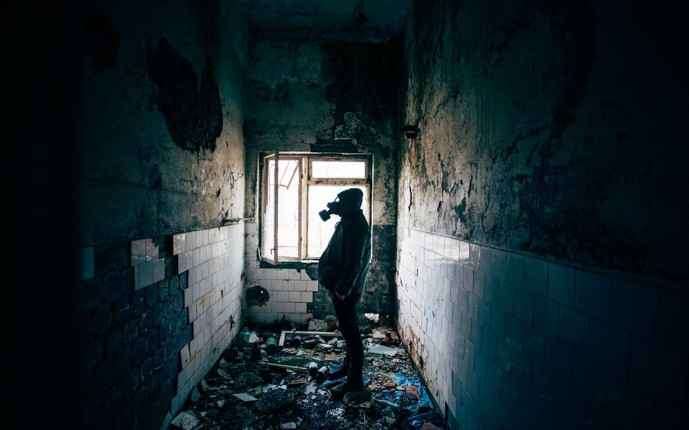
A growing phenomenon in the realm of tourism has been termed dark tourism. Dark Tourism is like the rebellious cousin of regular sightseeing. It’s edgy, it’s thrilling, and it’s not for the faint of heart. It’s not for the weak-hearted but for those who wish to be on the edge and feel a rush of adrenaline while exploring. Now, picture yourself away from the conventional tourist spots and heading towards sites shrouded in mystery and fear.
When one goes for dark tourism, one can travel across the past in the eerie environment of haunted houses or empty prisons. And those floors that crack and hear the sounds of whispers are all telling their stories of sorrow and mystery. It’s like stepping into an actual horror film.
Oh, and if you’re a fan of dark and scary stuff, you are just in the right place! I want to introduce you to the world of dark tourism. In our story, each destination has an attraction only a few can bear. Our journey starts now! But only if you can handle it!
Table of Contents

Let’s end this sooner than a superhero’s clothes swap, friends! Now, we will get into the grim part of tourism, and I’m telling you that it will be a fantastic roller coaster ride filled with excitement and fear.
For each person, there is a definition of dark tourism, and everyone perceives it in their own way. Some prefer war zones or museums, while others always choose sites whose history can make one’s hair rise with thrill.
The trip to explore the macabre would include haunted houses, disaster sites, and also some museums with the strangest collections you can imagine. It feels like you are in a thriller movie without the horrible actors. Besides, it is known that every person who respects their passport would have certainly tried dark tourism at least once.
Also, read our detailed article on: What Is Dark Tourism And Why It’s Becoming So Popular
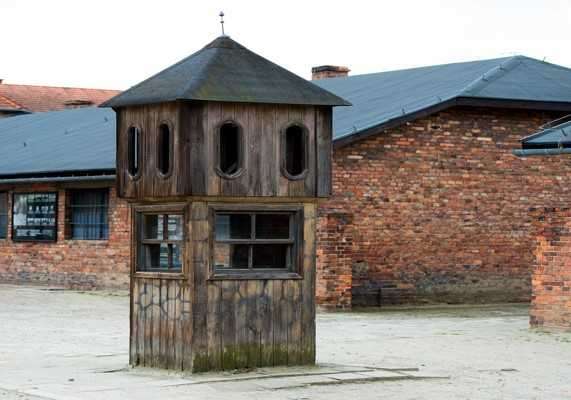
One of the most intense, somber, and chilling places I’ve ever visited has to be Auschwitz-Birkenau in Poland. Spread across vast grounds, Auschwitz offers a day-long journey through the harrowing history of the concentration camp.
Visitors encounter iconic landmarks like the Arbeit Macht Frei sign, the Gate to Auschwitz, and haunting remnants of the crematoriums and barracks. Not to mention, the infamous “death wall” and gallows stand as solemn reminders of the atrocities committed.
Exploring the site, one can’t help but be struck by the evidence rooms filled with piles of personal belongings – artificial limbs, glasses, shoes, suitcases, and more. It’s a stark and sobering reminder of the countless lives lost. And hey, if you’re lucky, you might even stumble upon the spot where Josef Mengele conducted his “medical experiments” – though I wouldn’t call that lucky.
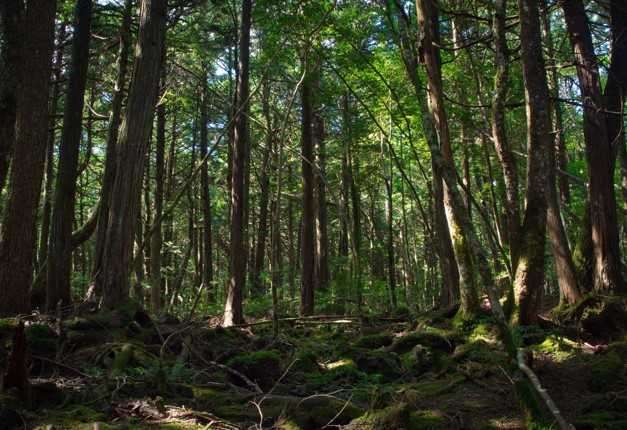
As for dark tourism, Aokigahara Forest in Japan called the “Suicide Forest,” is undoubtedly among the world’s most famous locations. Alas! This place gained its notoriety because of the high rate of suicides that occur here. There are also some horror movies, folklore, and tales that this forest has inspired, though it has an eerie reputation.
There is a glimmer of hope amidst all the horror; tourists can enjoy a trip in its scenic beauty with walking tracks or go deeper into Narusawa Ice Cave and Wind Cave. If Japan’s “Suicide Forest” does indeed have an eerie reputation, it certainly brings up intrigue, historical significance, and even natural beauty at the same time.
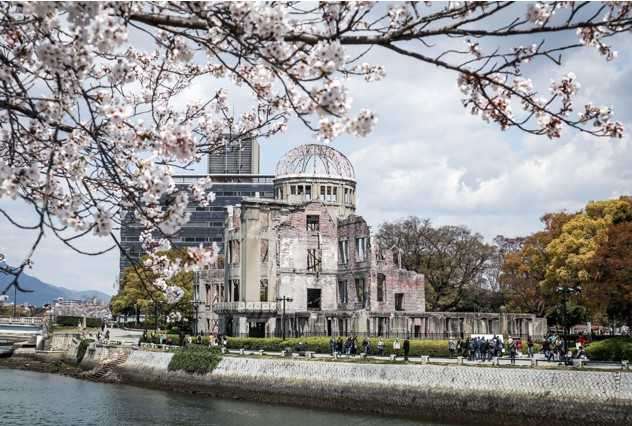
There are a variety of activities available to dark tourists who feel compelled to venture into the uncanny depths of Aokigahara Forest; these include the cities of Hiroshima or Nagasaki, which are also important dark tourism sites. Both were major targets in the atomic bombings at the end of World War II, with physical scars that still bear witness to that destruction. Important landmarks such as the ground zero site, A-Bomb Dome, and Peace Memorial Park also bring forth powerful and evocative perspectives.
However, Nagasaki also hosts war ruins, like the atomic bomb museum and peace park, which are similarly famous to those in Hiroshima but are overshadowed by their counterparts. Even though Hiroshima may attract most of the attention, Nagasaki has its own appeal for those who want to learn about history’s dark sides – it’s quiet, calm, and there are not so many tourists.
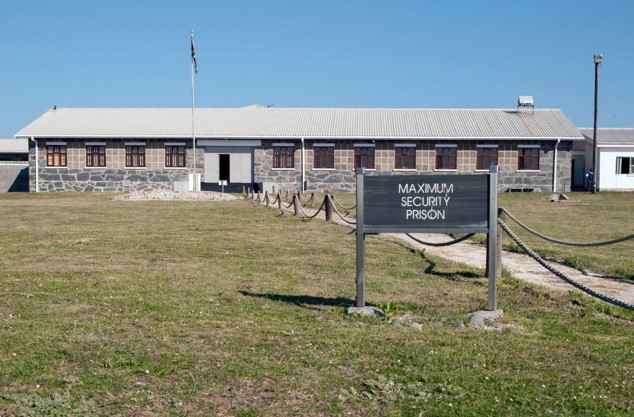
South Africa’s Robben Island, which is found in the ocean, has a combination of historical elements mixed with its resilience and redemption. A symbol for years as a political prison, it has been converted into a museum where one can experience the shadows of apartheid and appreciate the unsinkable spirits of personalities such as Nelson Mandela, who spent eighteen years behind those walls. For tours, visitors are escorted by ex-prisoners who give insight into the past challenges that faced South Africa.
In the severe and sad stories, a sense of optimism sparks humor, which says much about how humanity can still see success despite hurdles. Robben Island is a symbol of bravery and healing.
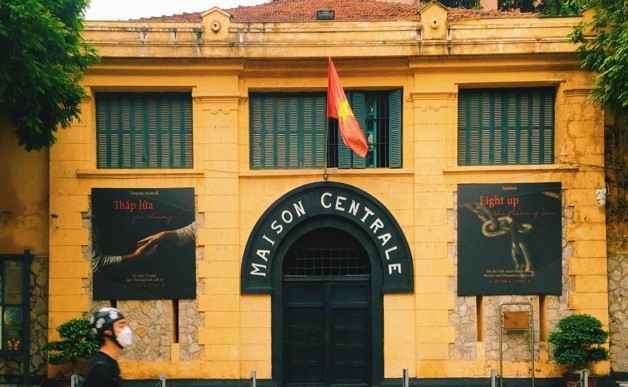
Every trip to Hanoi, Vietnam, is complete with a visit to Hoa Lo Prison. Vietnam boasts numerous dark tourist sites, primarily around Ho Chi Minh City, but Hanoi holds its own, with attractions like the Vietnam Military Museum and the notorious Hoa Lo Prison.
Hoa Lo Prison, fondly nicknamed “The Hanoi Hilton,” has a rich history dating back to the late 1800s under French rule. Initially intended for political detainees, it later became infamous for housing American prisoners of war during the Vietnam War.
During the French occupation, Hoa Lo Prison was an actual chamber of horrors. Overcrowded, with dismal food and rampant sickness, it earned its reputation as a place no one wanted to spend an extended stay in—unless they had a morbid sense of humor about their vacation accommodations.
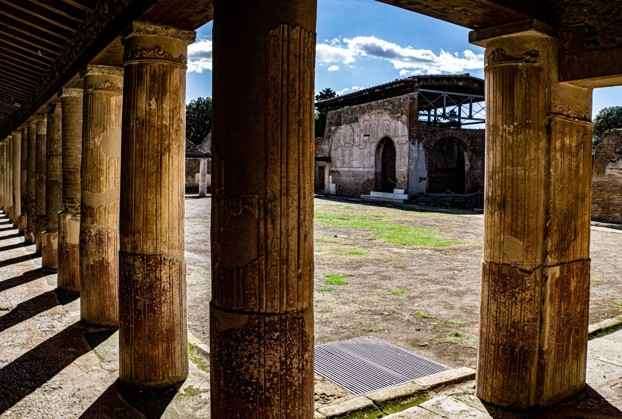
In 79 AD, Mount Vesuvius erupted, covering Pompeii, Italy, with volcanic ash and pumice, trapping the ancient city. However, this disaster would end up as an accident that preserved the city and now serves as an irresistible window into Roman society. Visit its streets, which have ruins and are decorated with frescoes, where you can read about busy marketplaces and the world’s most exciting culture. Furthermore, even simple objects – amphorae or baked bread loaves say a lot about everyday life in those times. Imagine Pompeii apologizing for the inconvenience but offering a time capsule of its history to satisfy your curiosity this way!
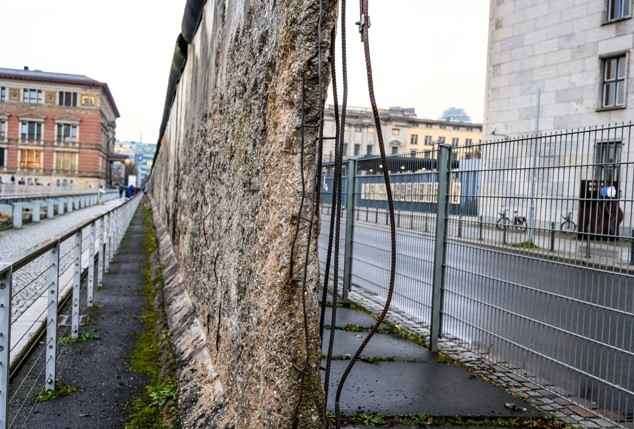
The Berlin Wall, a 155-kilometer (96-mile) architectural oddity, sliced through Berlin like a grumpy neighbor’s hedge, separating the city into West and East. Sprouting up quicker than rumors at a family reunion, it rudely interrupted neighborhoods and caused more awkward family gatherings than a poorly planned wedding. Guarded with all the seriousness of a cat guarding its kibble, it even had guards ordered to shoot on sight, making backyard barbecues risky. Around 140 unfortunate souls lost the game of hide-and-seek before it finally surrendered on November 9, 1989. Today, its scattered remnants are Instagram-worthy relics of a bygone era, reminding us that even walls can have a mid-life crisis.
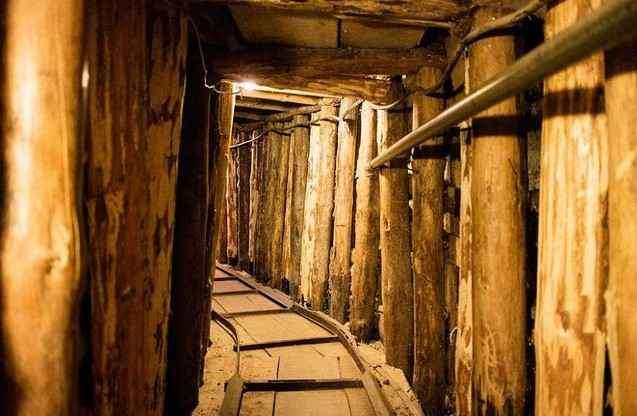
Amidst the turmoil of war, the Tunnel of Hope existed during the Siege of Sarajevo in the 1990s— a symbol of defiance and resilience for the people trapped in Sarajevo, Bosnia and Herzegovina. This subterranean pathway extended nearly 800 meters, bridging the surroundings surrounding the city to life outside, facilitating provisions, support, and occasional laughter. Some reports suggest that locals humorously referred to it as the “Bosnian Metro”— not for its speed in commuting but for the thrill of adventure—an odd memento from times when resourcefulness trumped adversity.

My journey to Assen, Netherlands, was not merely to visit the Drents Museum but specifically to see the Yde Girl, an enigmatic figure.
The Netherlands is more than just tulips and windmills; it is also a dark tourism hotspot. One prime example is the Yde Girl, a Bog Body.
Bog bodies — strangely mummified — have been discovered in bogs throughout Northern Europe, including the UK, for thousands of years. Some are so well preserved that they have tricked people into thinking they are recent murder victims.
She introduced the lead actor, Yde Girl, who was elegantly exhibited in Assen’s Drents Museum within the Archaeology Department. Discovered in 1897 in the Netherlands, she was found wearing a rope around her neck, an accessory choice that appeared curiously common among other bog bodies of her time. It seems she met her end either through sacrifice or some macabre medieval means— a reminder that history is riddled with enigmas and some very peculiar ones, too!

Hidden in Rwanda’s stunning scenery is a location with a story as dark as a moonless night — the Killing Fields. In ’94, when disco was dying out and the Macarena was taking over, Rwanda faced one of its darkest periods. Hundreds of thousands of Tutsi and moderate Hutu faced a fate so terrible that it makes Mondays feel like a walk in the park. But do not lose hope; within the solemnity of Nyamata and Murambi Genocide Memorials, there is a spark of light. It’s like finding that slice of cheese in a labyrinth— unexpected yet warmly welcomed.
As individuals cautiously explore these places, they’re not just showing respect but also observing how Rwanda has traveled from tragedy to victory. It reminds us that even through our darkest moments, resilience always shines brighter than any disco ball at Studio 54.
Travelers can approach dark tourism with respect, understanding, and emotional readiness to gain a deeper perspective of the past and honor those affected by historical tragedies.
Also read our recent Blog: Unforgettable Luxury Adventures Around the World
And thus, dear companions, our journey into dark tourism ends. Let us ponder the macabre marvels and bone-chilling chronicles we have unearthed. Let’s remember the need for respect, the quest for understanding, and the preparation of our emotions.
Whether it is honoring those who perished in Auschwitz by going deep into the mysteries of Aokigahara Forest or learning about resilience from Robben Island — let us tread softly and pay attention to silence while paying tribute to these historical tragedies.
As we say goodbye to these shadows, may our future travels be filled with awe-inspiring discoveries that resonate within us even after we return home. And until we meet darkness again on another escapade where secrets await illumination through mere light beams, remember always: keep close your flashlight! The tales yet untold eagerly await their revealing spark. We’ll come up with more Dark and historical places around the globe. Till then, as always, Travel Till You Drop!
Also read more about Dark Tourism: Dark Tourism Stories

Jill Charpia, founder of Travel Till You Drop and creator of inspiration. A full-time Wanderluster, lover of oddities, the weird, and the dark. Traveled to over 70+ countries and counting; Now dedicated to sharing her travels around the world in hopes of inspiring hearts and open minds. want to know more? Click here to learn more About me.


Hi, Jill Here
Hi! I’m Jill, a Dallas, Texas girl traveling the world. After a career in the Air Force and touring over 50 countries later, my need to explore keeps going! It’s time to rock & roll and find all those places I never knew I was missing.
Table of Contents
Join me to get exclusive travel tips, giveaways and more!
Gallery
Copyright © 2023 | All Right Reserved